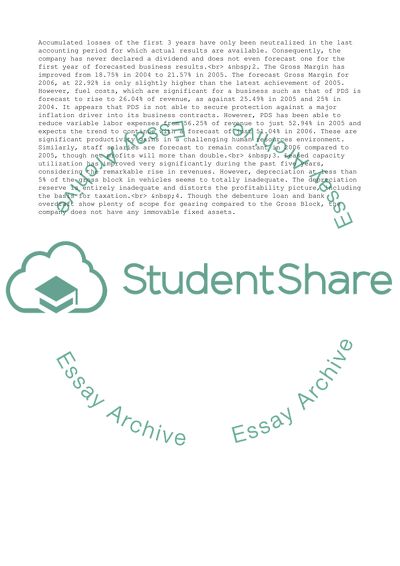Cite this document
(“Finance Issues during the First Five Years of a New Company Essay”, n.d.)
Retrieved from https://studentshare.org/business/1538947-case-study
Retrieved from https://studentshare.org/business/1538947-case-study
(Finance Issues During the First Five Years of a New Company Essay)
https://studentshare.org/business/1538947-case-study.
https://studentshare.org/business/1538947-case-study.
“Finance Issues During the First Five Years of a New Company Essay”, n.d. https://studentshare.org/business/1538947-case-study.


